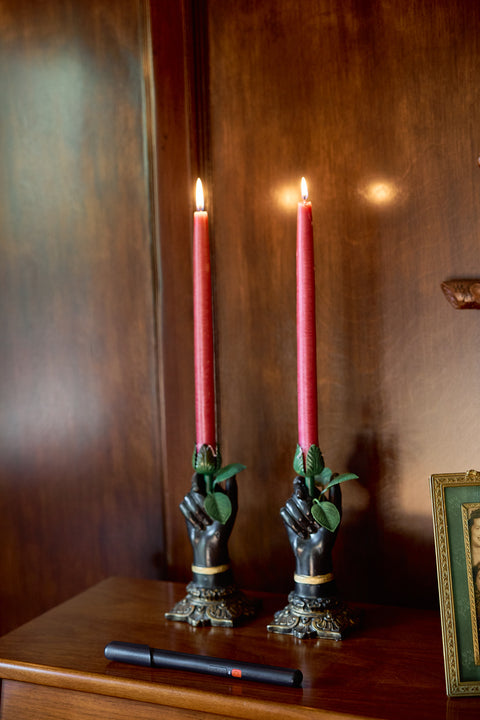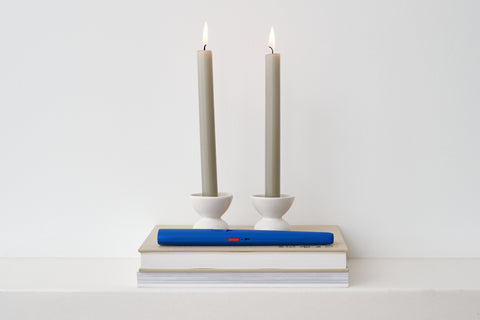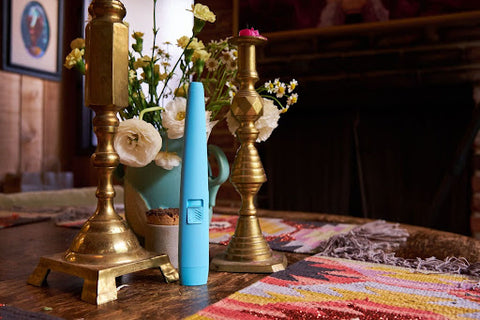
Have you ever wondered how matches and lighters have completely revolutionized how fire is made? For thousands of years, our ancestors created fire with sticks, flint, and stones, yet today a flick of a lighter is enough to generate heat almost instantaneously.
Not only do matches and lighters provide convenience, but they are also incredibly portable tools that can be used in almost any location. Whether camping in the wilderness or lighting a candle in your home, lighters and matches have become essential items for any fire-starting endeavor.
History Of Fire-Making Technology
While the act of striking a spark to create fire has been around since prehistoric times, the modern-day lighter and match have roots in 19th-century Europe. The first mass-produced matches were invented by British chemist John Walker in 1826.
His invention was made from cardboard strips coated with potassium chlorate, antimony sulfide, and gum arabic. Approximately 30 years later, the first lighter was unveiled by German chemist Johann Wolfgang Döbereiner in 1854. His lighter used a chemical reaction between hydrogen and oxygen to produce enough heat to light up a cigar.
While matches and lighters both served the same purpose of creating fire, there were some key differences between the two. Matches were more reliable in colder weather conditions, while lighters generally produced a larger spark with less effort. They also had different portability and flammability concerns.
How Do Lighters & Matches Work?
Lighters use a fuel source such as butane, propane, or kerosene to create the spark that is needed to light the flame. The spark is created when a metal wheel rubs against a flint or a piece of quartz. This produces enough heat to ignite the fuel source, creating a flame.
The Convenience Of Matches And Lighters
When it comes to convenience, both matches and lighters provide a quick and simple way to start a fire. Matches come in small boxes and can be easily carried with you wherever you go. They are also inexpensive, so you don’t need to worry about spending too much money on them.
Most lighters require a bit of maintenance. You will need to refill them with fuel or replace the flint to keep them working properly. The exception is the electric lighter which is battery-operated and has no flint. Lighters do, however, have one major advantage over matches: they provide a more consistent flame, and they are more durable. Matches can be difficult to light due to their size and shape, and if they become wet, they are no longer any good. Quality lighters provide an easy-to-light flame that is much stronger than a match’s.
When it comes down to it, there are advantages and disadvantages to both matches and lighters, so it depends on your personal preference. No matter what your choice is, remember that safety comes first. Always make sure to use matches and lighters safely and away from children or any flammable materials. Also, never leave burning matchsticks or lighters unattended—this could lead to serious injury or even death.
So, whether you choose matches or lighters, enjoy the warmth and light they provide safely!
Comparison Of Matches Vs. Lighters
Matches and lighters are both popular tools used to create fire, but they each have different benefits. Lighters are more convenient than matches because they do not require striking them against a hard surface. They also burn hotter, longer, and produce less smoke. On the other hand, matches are typically easier to carry and are much cheaper.
A. Differences In Cost And Convenience
The cost of a lighter is typically more expensive than that of matches. However, the convenience of the lighter often outweighs the cost. Lighters are easier to use and require less effort than matches do to create a flame. This makes them ideal for everyday use and can save time when you need to quickly light something.
For some, the look and smell of matches give them a bit of nostalgia. Matches are also less expensive and easy to find at local restaurants and hotels. This makes them good to have with you for a variety of activities from camping trips to outdoor barbecues. However, matches can be dangerous in windy conditions since the flame can easily be blown out. Also, matches must always be struck on an approved surface to ensure no sparks fly off and cause a fire.
B. Portability And Safety Considerations
Both lighters and matches are lightweight and easy to carry. A lighter can be secured in your purse or pocket for travel. Matches, however, need to be stored in a box or small container to keep them safe and dry.
In terms of safety, lighters are generally safer than matches since they require less effort to ignite and can be lit more quickly which makes them great in emergencies. However, they must still be handled with care as the flame can cause burns or start a fire if it comes into contact with combustible materials.
Matches can also pose a hazard if used improperly. They must be struck against an approved surface and should never be used near open flames or combustible materials.
C. Variety Of Uses
You can use both lighters and matches in a variety of situations. Lighters are ideal for lighting candles and fireworks, like sparklers. They are also great for starting a fire in a fireplace or lighting a stove. Some people prefer to use matches for outdoor activities like starting bonfires or lighting gas grills. You can also use matches or lighters in nontraditional ways such as removing labels from glass bottles or heating a needle for sewing.
Conclusion:
Fire-making today is now very easy and convenient thanks to matches and lighters. Over the years, the production of matches has improved. For example, some are now made with a waterproof coating making them suitable for use in emergency and survival kits. Still, the use of matches has decreased in recent years because of the popularity of lighters. Because of better design, present day lighters are safer, more reliable and efficient. Today, you can buy rechargeable, USB lighters that operate by battery and they don’t need fuel, which helps the environment. In the future, you can expect lighter manufacturers, like the USB Lighter Company, to develop lighters that better use technology and are even more sustainable.
Matches, on the other hand, use an oxidizing agent such as potassium chlorate and easily combustible material such as antimony sulfide. When the match is struck, these ingredients come into contact and create enough heat to ignite the combustible material, producing a flame.





